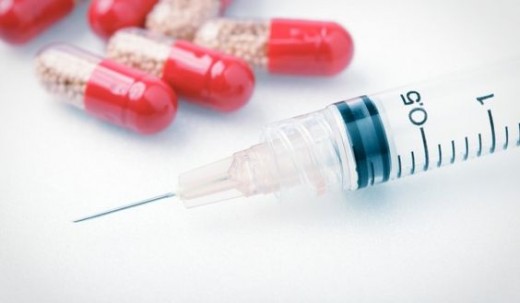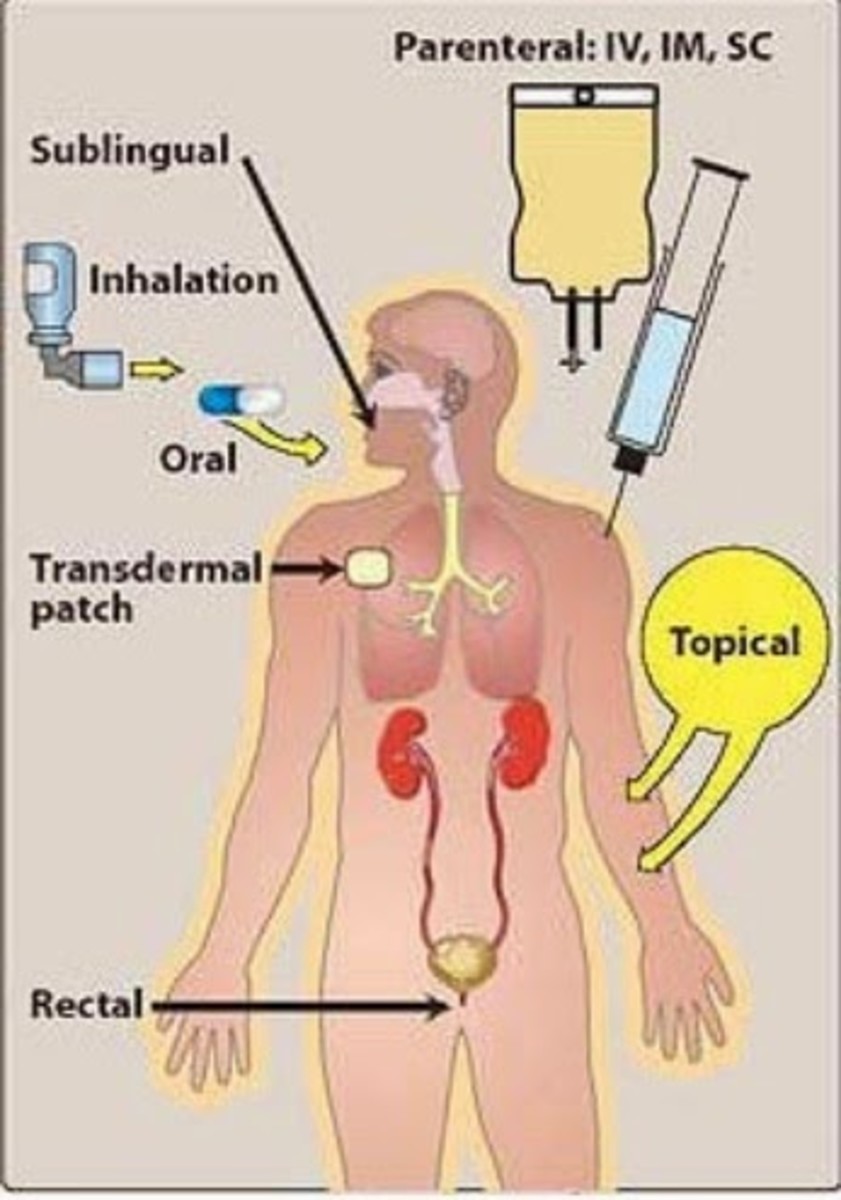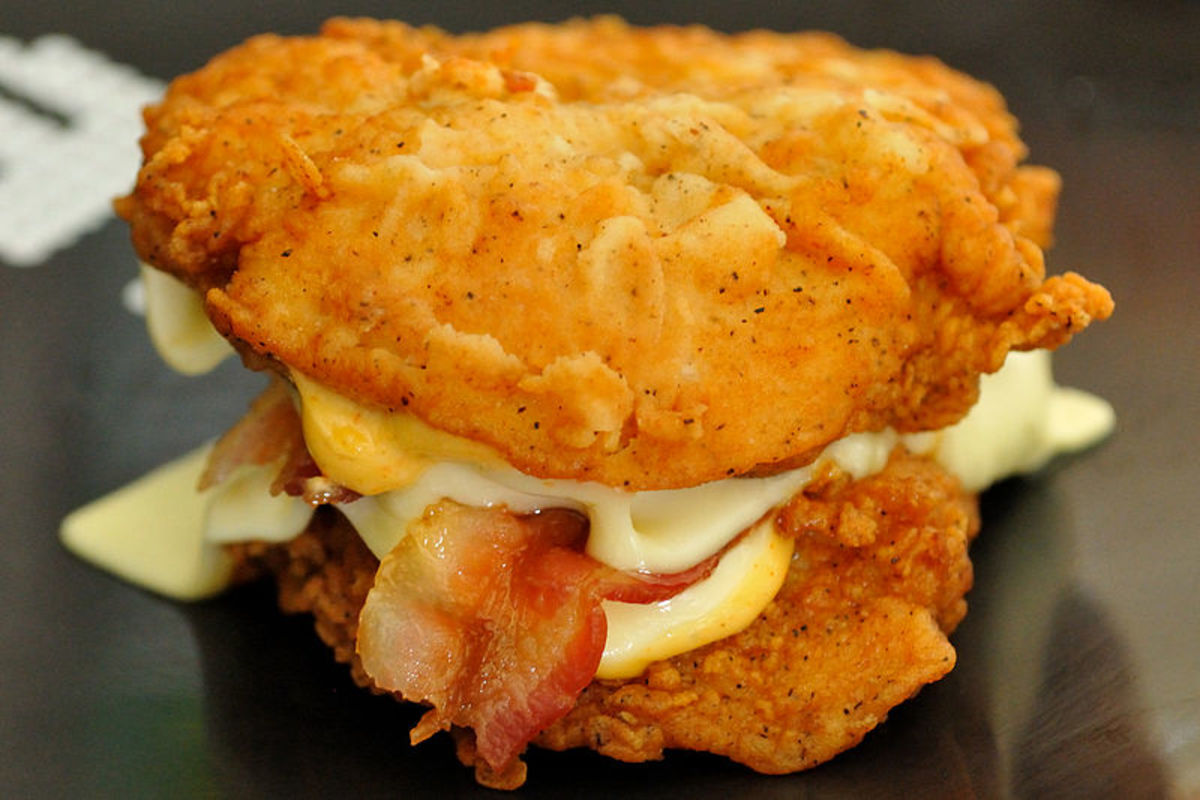- HubPages»
- Health»
- Diet & Weight Loss»
- Healthy Diets
Diet Management for Surgery Patients
Oral versus intravenous feeding.
In some patients the gastrointestinal tract cannot be used, and intravenous feeding is the only way to sustain the patient. In such cases solutions of hydrolyzed protein (amino acids and polypeptides) may be used. Some fat emulsions are available for intravenous therapy but are more difficult to use. However, the majority of patients can and should progress to oral feedings as soon as possible to provide adequate nutrition and to stimulate action of the gastrointestinal tract. As soon as bowel sounds return, food by mouth can be used. A comparison of the nutritive value of an intravenous solution with oral feedings will make it evident that intravenous feeding cannot supply nutrient needs. It can only compete with starvation. For example, 1 liter of a 5% dextrose solution contains 50 gm. of sugar with an energy value of 200 calories; therefore 3 liters a day which is the most that can be administered, at best can supply only 600 calories. The basal energy requirement is about 700 calories, to say nothing of the increased metabolic demand of the stress of surgical illness. Therefore a rapid return to regular eating should be encouraged and maintained.
Hyper alimentation.
In cases of major tissue trauma or damage or when a patient is unable to obtain sufficient nutrients orally, hyper alimentation is used as a feeding process, this is sometimes called an "elemental diet." It provides intravenous nutritional support with more concentrated solutions of the needed nutrient elements. For example, the solution used may contain a high percentage of glucose (20% to 50%), hydrolysates of amino acids, electrolytes, minerals, and vitamins. Intravenous hyper alimentation is usually done through a cut down in the inferior or superior vena cava because there is danger of thrombosis if the solution is injected into a peripheral vein.
Postoperative diets.
As rapidly as possible the patient should progress from clear to full liquids and then to a soft or regular diet. Giving the initial liquids as soon as possible stimulates normal gastrointestinal function and an early return to a full diet. Individual tolerance will be the guide, but encouragement and help should be supplied to enable the patient to eat as soon as possible.
diet management






